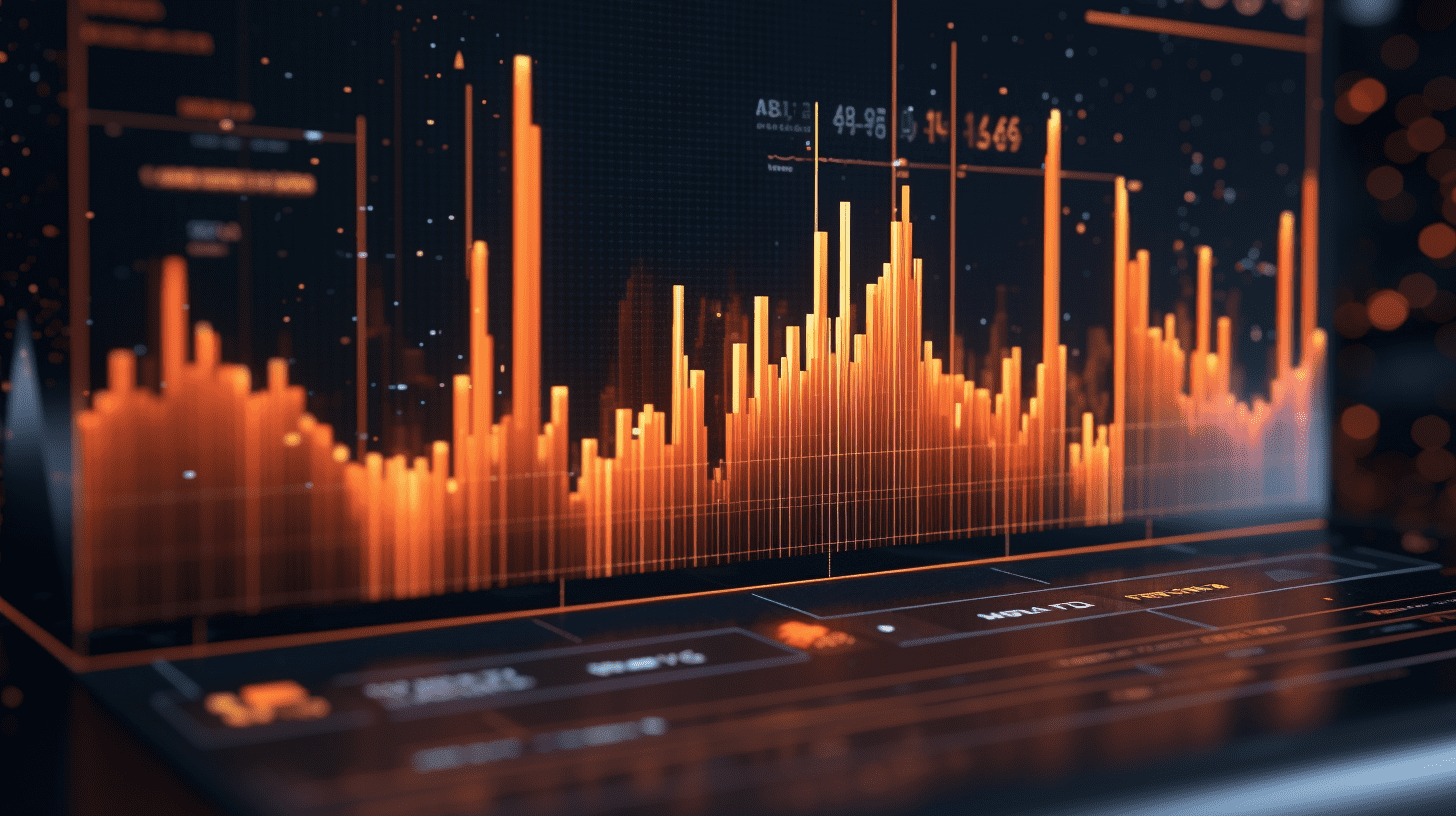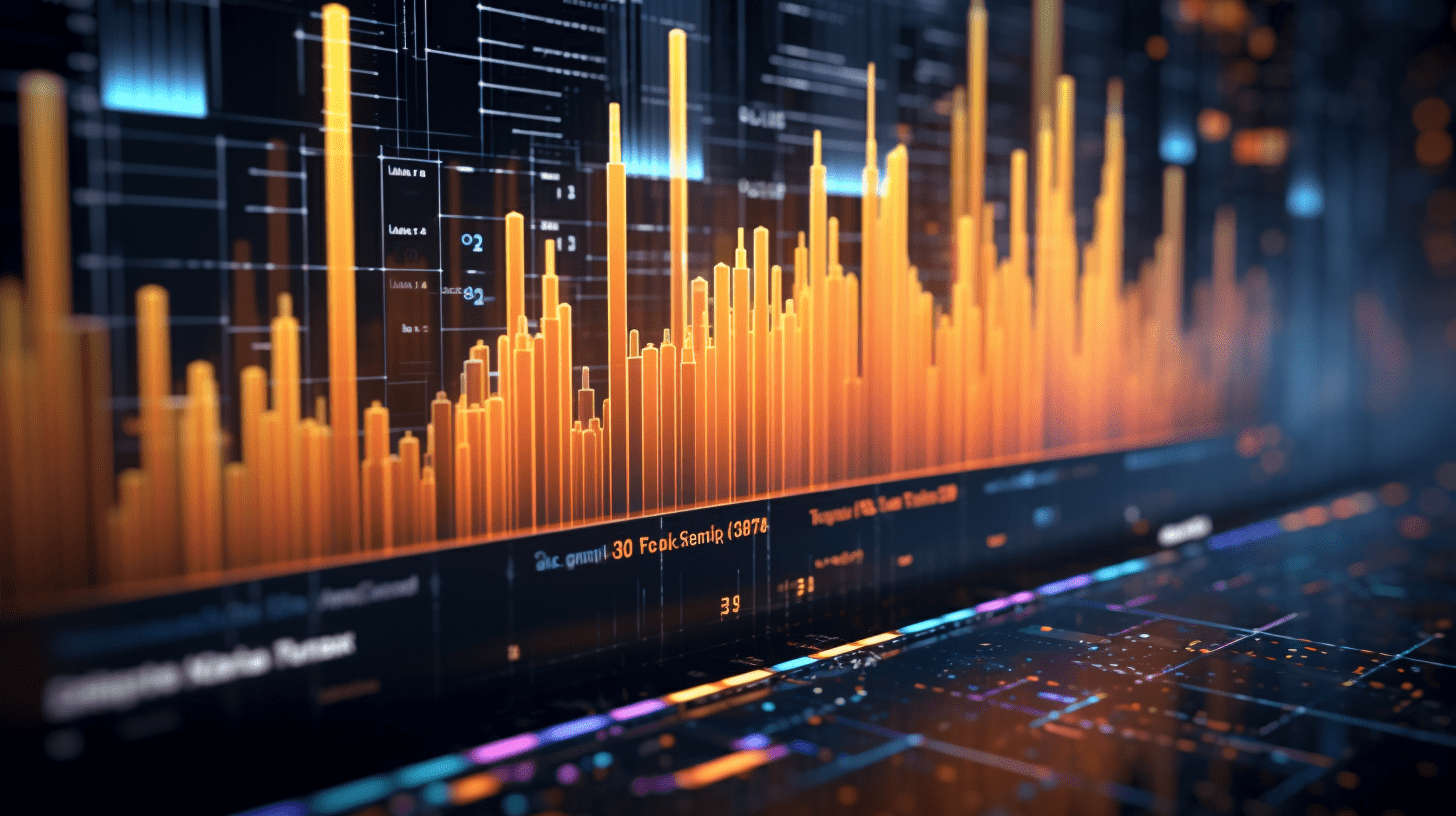Industrial: What resources have increased in price since the call for "anti-industrialization"?
Since June, commodity prices have rebounded quickly from their lows and continued to rise with the catalysis of anti-internal competition in July. Looking at seasonality, with the demand peak season for commodities in the second half of the year, there is an expectation of continued price increases.
Industrial released a research report stating that since June, commodity prices have rebounded rapidly from their lows and continued to rise with the catalyst of the "anti-internal circulation" in July. The categories that have seen the most price increases since July are concentrated in the new energy industry chain, black series, building materials, chemicals, non-ferrous metals, crude oil, and live pigs. From a seasonal perspective, with the demand peak season for commodities in the second half of the year, there is an expectation of continued price increases. After September, as the weather improves, the traditional peak season for the domestic economy will begin, with downstream stocking and production demand concentrated releases of chemicals, non-ferrous metals, and iron and steel forming a direct support for upstream cyclical commodities.
Main points of Industrial:
- Since June, commodity prices have rebounded rapidly from their lows, and continued to rise under the catalyst of the "anti-internal circulation" in July. In June, with the easing of global tariff concerns and the escalation of conflicts in the Middle East, the Sanghai commodity index rebounded by more than 6% from its low point; in July, under the catalyst of "anti-internal circulation," it continued to rise by over 2%.
Looking at specific categories:
- In terms of futures prices, the categories that have seen the most price increases since July are concentrated in the new energy industry chain (polysilicon, lithium carbonate), black series (coking coal, coke, iron ore, rebar, etc.), building materials (glass, PVC), chemicals (alkali, urea, pulp, rubber, styrene, etc.), non-ferrous metals (alumina, silver, industrial silicon), crude oil, and live pigs; since the beginning of the year, the categories that have seen the most price increases include non-ferrous metals (gold, silver, tin, copper, aluminum), live pigs, urea, and fiberboard.
Lastly, from a seasonal perspective, as the demand peak season for commodities approaches in the second half of the year, there is an expectation of continued price increases. In July, affected by high temperatures, the domestic electricity peak season has arrived, and coal, petroleum, and petrochemicals have also seen a peak in demand; the operating rate on the supply side may also be affected by high temperatures, possibly leading to power restrictions and shutdowns, resulting in a situation of strong demand but tight supply. After September, as the weather improves, the traditional peak season of the domestic economy will begin, with concentrated demand releases for chemicals, non-ferrous metals, and iron and steel in the upstream cycle commodities, whether it's the construction peak of the "Golden September, Silver October" real estate and infrastructure projects or large-scale consumption promotion activities such as "Singles' Day" and "Double Twelve." This will all have a direct boost effect on chemicals, non-ferrous metals, and iron and steel in the upstream cycle commodities.
Risk warning:
- This information is for public reference only and does not involve investment advice or research viewpoints.
Related Articles

New Stocks Outlook | With an annual revenue of 48.6 billion yuan, leading lithium battery company Eve Energy Co., Ltd. intends to list on the "A+H" market.

China Securities Co., Ltd.: A shares continue to "go up the stairs", pay attention to mid-year report and "anti-insulation"

IMOTIONTECH (01274) plans to offer approximately 8.97% discount on the placement of 15.495 million shares, raising approximately HK$231 million net.
New Stocks Outlook | With an annual revenue of 48.6 billion yuan, leading lithium battery company Eve Energy Co., Ltd. intends to list on the "A+H" market.

China Securities Co., Ltd.: A shares continue to "go up the stairs", pay attention to mid-year report and "anti-insulation"

IMOTIONTECH (01274) plans to offer approximately 8.97% discount on the placement of 15.495 million shares, raising approximately HK$231 million net.






